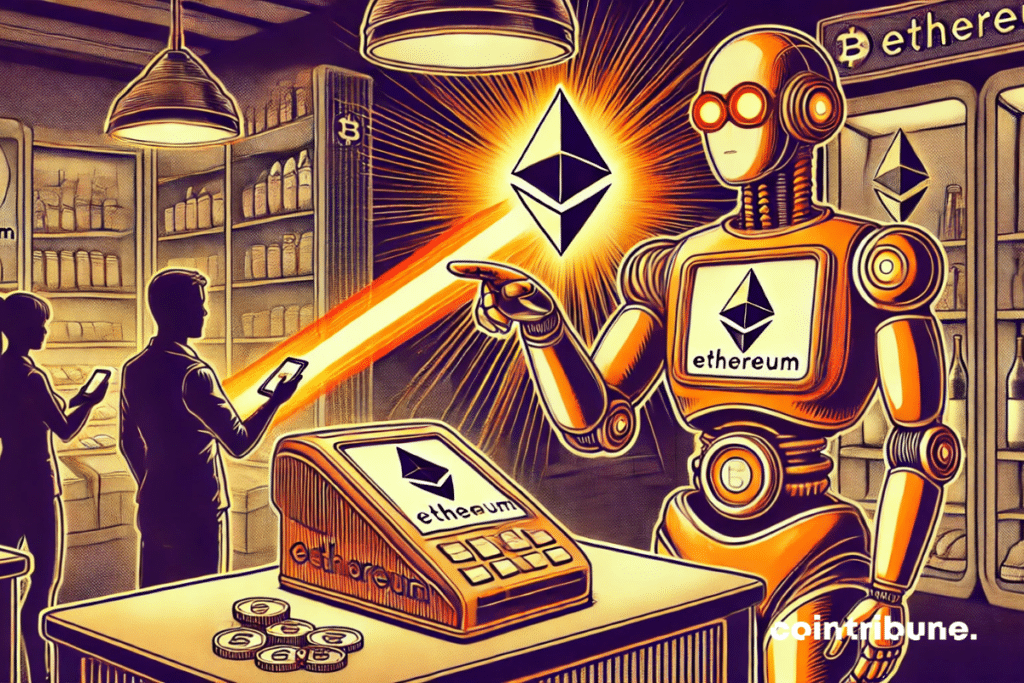Pectra and Fusaka: Key Upgrades Poised to Strengthen Ethereum’s Future
As Ethereum continues to evolve, two critical updates—Pectra and Fusaka—are emerging as potential game-changers for the network. These upgrades aim to address scalability, security, and efficiency challenges that have long plagued the blockchain. Pectra focuses on enhancing Ethereum’s consensus mechanism, while Fusaka introduces innovative solutions for transaction processing. Industry analysts suggest these updates could significantly improve Ethereum’s competitiveness against rival Layer 1 networks. With implementation expected in 2025, developers and investors alike are watching closely as these upgrades may determine Ethereum’s ability to maintain its position as the leading smart contract platform. The updates come at a crucial time when network congestion and high gas fees remain persistent issues for users and developers.

In brief
- The Pectra (May 2025) and Fusaka (late 2025) upgrades aim to solve Ethereum’s scalability issues.
- Solana and BNB Smart Chain are gaining ground thanks to their lower fees and faster transactions.
- These technical improvements are essential for Ethereum to remain competitive in the blockchain market.
Ethereum seeks to counter growing competition
Binance Research recently published a detailed analysis on Ethereum’s future against its rivals. Despite its dominant position and recognized security, Ethereum is gradually losing ground to Solana and BNB Smart Chain in decentralized exchange (DEX) volumes and fees.
This situation is explained by the network’s current limitations: prohibitive transaction fees, insufficient processing speeds, and ecosystem fragmentation.
The proliferation of layer 2 (L2) solutions, while useful in the short term, has paradoxically weakened Ethereum’s base layer by dispersing captured value.
To reverse this trend, the Pectra upgrade, postponed to May 2025, will incorporate 11 significant improvement proposals.
Among the most important, EIP-7251 will increase the maximum staking balance from 32 to 2,048 ETH, while EIP-7691 will improve blob capacity to publish more data at a lower cost.
The introduction of account abstraction via EIP-7702 also represents a major advance, allowing bundled transactions and more flexible gas sponsorship for users.
ETHUSDT chart by TradingViewPromising technical improvements
Fusaka, scheduled for late 2025, will bring crucial complementary improvements. The introduction of PeerDAS via EIP-7594 is a fundamental step towards full danksharding, essential for optimizing data availability.
The new Ethereum object format will also simplify the creation of smart contracts while reducing execution fees.
However, Binance emphasizes that these technical advances do not resolve all concerns. Ethereum remains under pressure from crypto platforms like Celestia, EigenDA, and NearDA that currently offer better throughput and lower costs for data availability.
Although these upgrades strengthen Ethereum’s competitiveness, concerns persist about its ability to maintain ETH’s value in the long term, especially in an ecosystem where L2 solutions are becoming increasingly important.
Maximize your Cointribune experience with our "Read to Earn" program! For every article you read, earn points and access exclusive rewards. Sign up now and start earning benefits.

